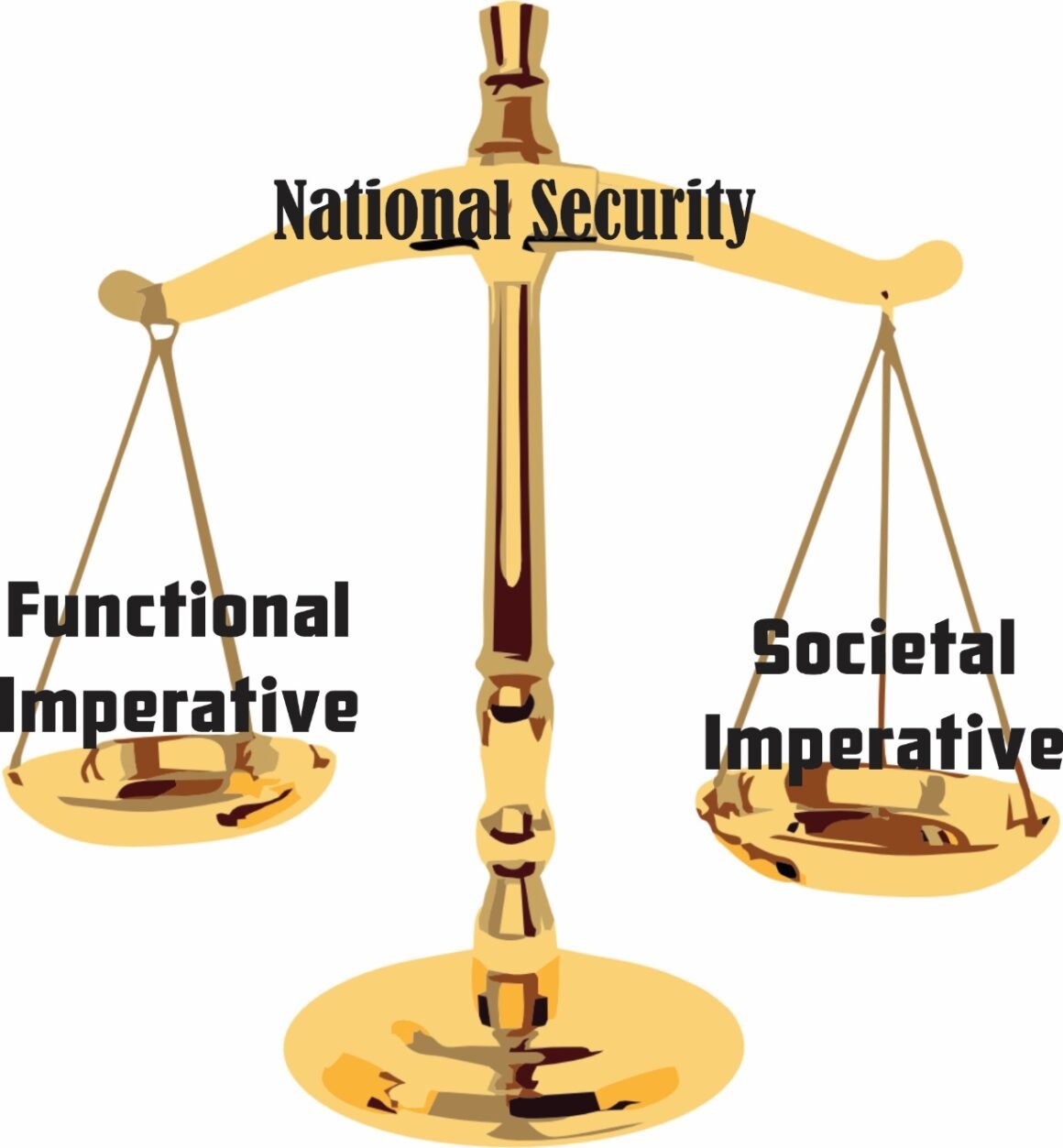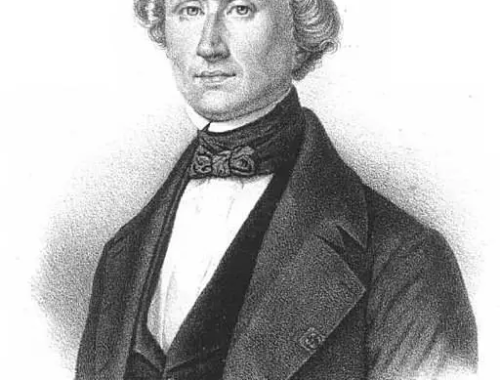
The Bureaucratization of the Military, Part 1: Huntington and the Balance of Forces
When I entered West Point in 1977, we were told the military profession was a calling and something far more than a job. But even then, the forces that would become the social justice movement were already at work. From the first night of Beast Barracks onward, we experienced these forces in so many ways, from being the second class with women and the first class with upper-class women, to continual emphasis on affirmative action, to what we see today and the catastrophe of our ending in Afghanistan and the Chinese spy balloon. During the process, I watched military managers continuously erode standards in the quest to increase diversity and spread jobs around.
Samuel P. Huntington, in The Soldier and the State, written in 1957, provides a framework to examine these forces.
“The military institutions of any society are shaped by two forces: a functional imperative stemming from the threats to the society’s security and a societal imperative arising from the social forces, ideologies, and institutions dominant within the society. Military institutions which reflect on social values may be incapable of performing effectively their military function. On the other hand, it may be impossible to contain within society military institutions shaped purely by functional imperatives. The interaction of these two forces is the nub of the problem of civil-military relations. The degree to which they conflict depends upon the intensity of security needs and the nature and strength of the value pattern of society. Adjustment and balance between the two forces are not inevitable: some societies may be inherently incapable of providing effectively for their own military security. Such societies lack survival value in an era of continuing threats. (Samuel Huntington, The Soldier and the State, p2.)
Huntington put his finger directly on the core issue facing the US military today when he wrote this in 1957. The balancer of forces Huntington described is swinging, seemingly unregulated. But this had started before 1957.
When Huntington wrote the passage above, the military had already started integrating and the civil rights revolution was under way with Brown vs. Board of Education and other key activities, to include Rosa Parks and the Montgomery bus boycott. These forces drove the affirmative action and diversification programs in the military.
Huntington alludes to the need to maintain the equilibrium. Left unattended, forces pile up on the scales with little or no control. So what provides the control and maintains balance? Leaders and leadership. But we seem to have a dearth of leaders that seek to maintain the balance. If nothing else, they seem to pile weights on the social forces pan of the scales with seemingly little attention paid to the functional imperatives. The problems in Vietnam, Afghanistan, and Iraq are good examples of this problem. Military managers seem more concerned about jobs, their next promotion, and power than they do over the functional imperatives. I have watched senior military flag officers punt decisions because they were afraid of negative consequences if the decision goes sour and affect their potential next star.
The military should not be a job program. The lives of our children and our national security depend upon it.
I still remember when the Chief of Staff of the Army told us at the Brigadier General Transition Course (also known as Charm School) that we need to be prepared to take off our star if we cannot do the right thing. And that is the nature of military leadership—selfless service, virtue, and professionalism. Not careerism.





